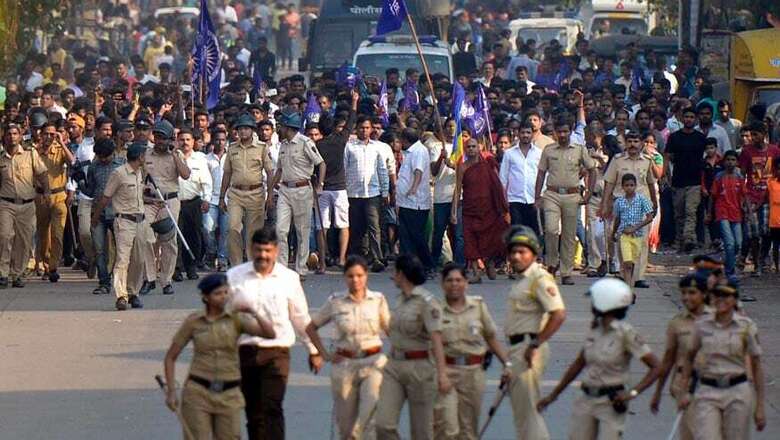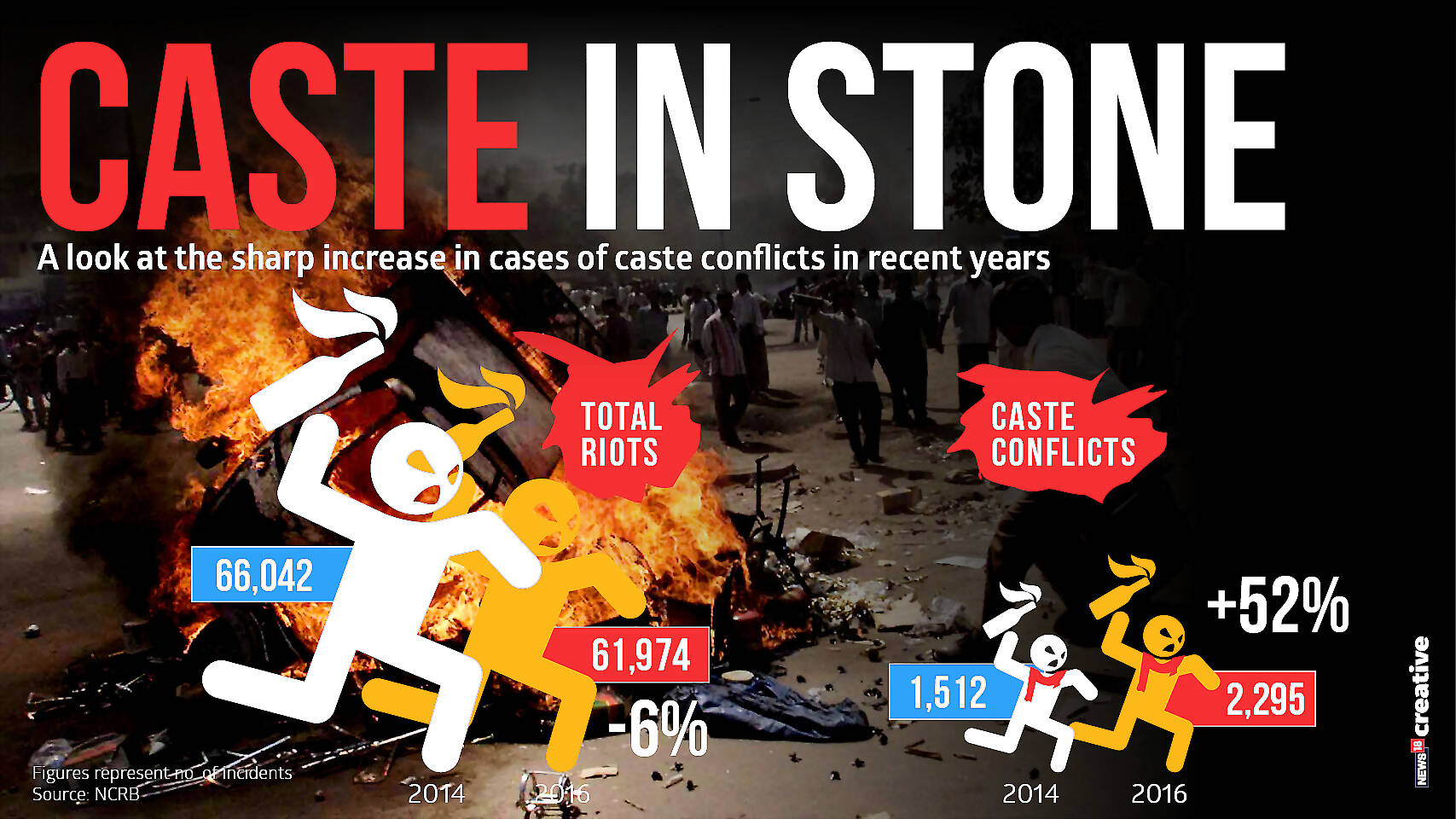
views
New Delhi: The posts on ‘Itihasa Paulkhuda’, a Marathi page on Facebook — known for posts on history — had set the tone of contestations over the history and memory of Bhima Koregaon, much before the clashes in Pune on Tuesday turned violent.
The provocative updates started pouring in almost a week before the commemoration of the bicentenary celebrations of Bhima Koregaon in Pune city, taking away from the Dalits their tales of valour.
In the countdown to the clashes, the narrative on the online platform — managed by amateur 'historians' — made the rift between the Marathas and Dalits quite apparent. Speaking to News18, Shraddha Kumbhojkar, Assistant Professor, Department of History, Savitribai Phule Pune University, said that the violence was hauntingly “expected” with so much of social media provocation doing the rounds over the Koregaon war memorial and its history.
Shraddha Kumbhojkar said, “The narrative on social media tried to negate and dismiss that of the Dalits. The updates claimed that the Mahars had nothing to do with Bhima Koregaon. In their opinion the battle of Bhima Koregaon is concerned with Peshwas and the British, instead of Mahars.”
The event to mark 200th anniversary of the Bhima Koregaon battle in Pune district, in which forces of the East India Company defeated the Peshwa's army, was marred by incidents of violence on Tuesday, with at least one person getting killed.

On the Marathi Facebook page, the admin shared certain “documents” from the British records to corroborate their widely held observation.
Kumbhojkar explained, “Through these ‘documents’, these social media pages are trying to prove that nowhere have the British mentioned anything on the role of the Mahar Battalion. But in reality, Mahar soldiers were very much a part of the British Army though the Mahar regiment was not formed until later.”
She argues that the work of some amateur historians who run the Facebook page has caught the fancy of many and has become a trend quite similar to the other alternative narratives they had put forward in the past.
“With this, the trend of creating alternative memories about the Bhima Koregaon battle has gained more strength. One can argue that the present day contestations for power are reflected in the contest for alternative narratives,” she said.
She shares that during the 1970s, the western Indian state of Maharashtra saw a spate of popular ‘historical novels’ topping the bestseller lists in Marathi. Many of them still dominate the historical understanding and perceptions of the Marathi-speaking middle classes even today.
Recalling the most important novels of this genre that were authored by Brahmins, she said, “Those books described the battle of Koregaon in the passing.”
Mantravegla by NS Inamdar is one such book. It is based on the life of the last Peshwa and conveniently claims that the battle was won by the Peshwas. All of this adds to the high sounding rallies that commemorate the Battle of Panipat — which saw a complete defeat of the Peshwa army in 1761 — as their victory.
In her articles in international and reputed journals, Kumbhojkar has written about how the Koregaon Memorial has layers of memories surrounding it and occupies a very significant place in today’s neo-Buddhist culture. The internet and social media platforms are now used to document and commemorate the Koregaon battle and Ambedkar’s visit to it.
“What adds to this technology is the second generation of Dalits, who are educated and have the means to do the pilgrimage to Koregaon and validate their identity and pay homage — both to the memories of historical prowess as also the memories of Dr Ambedkar,” she said.
The contestation over history is also matched by “amnesia”, where many of the educated high castes in Pune, which was the capital of the Peshwas, are not aware of the Koregoan Memorial, she added.
The historian had observed in the past that the Koregaon Obelisk, which marks an imperial memorial site is significantly forgotten in the homeland of the empire. But this has acquired a whole new meaning in western India now, leading to the commemoration and providing historical evidence to Dalits that they can overthrow the high caste oppression.

















Comments
0 comment